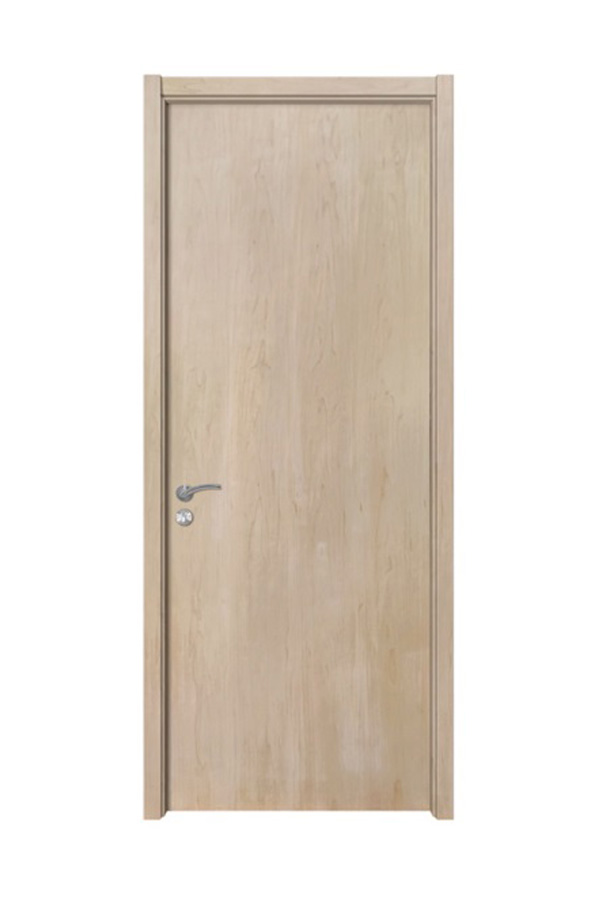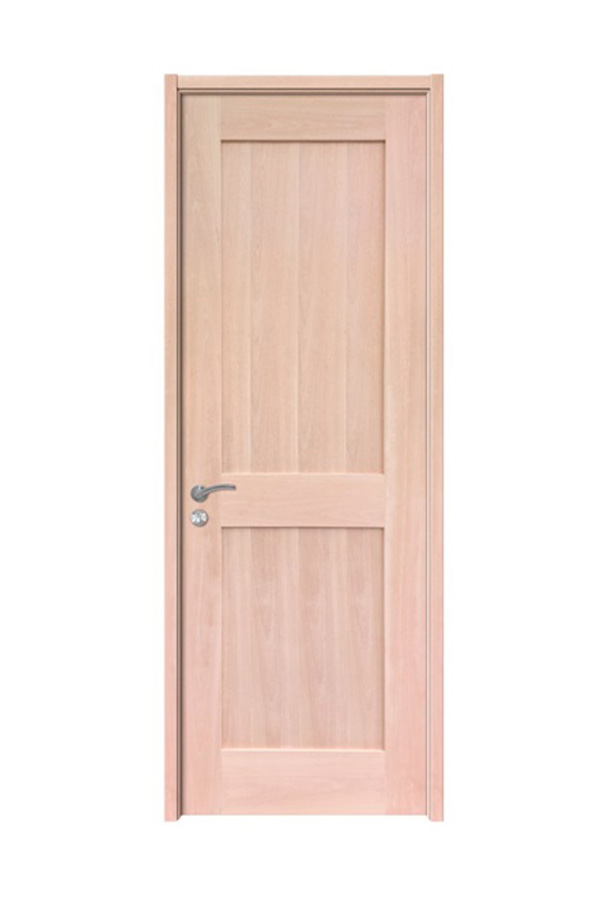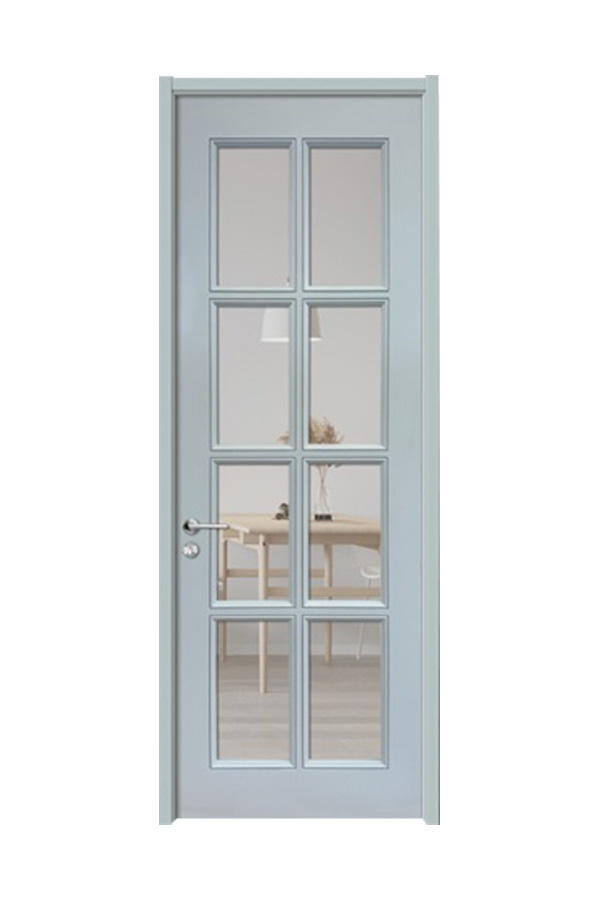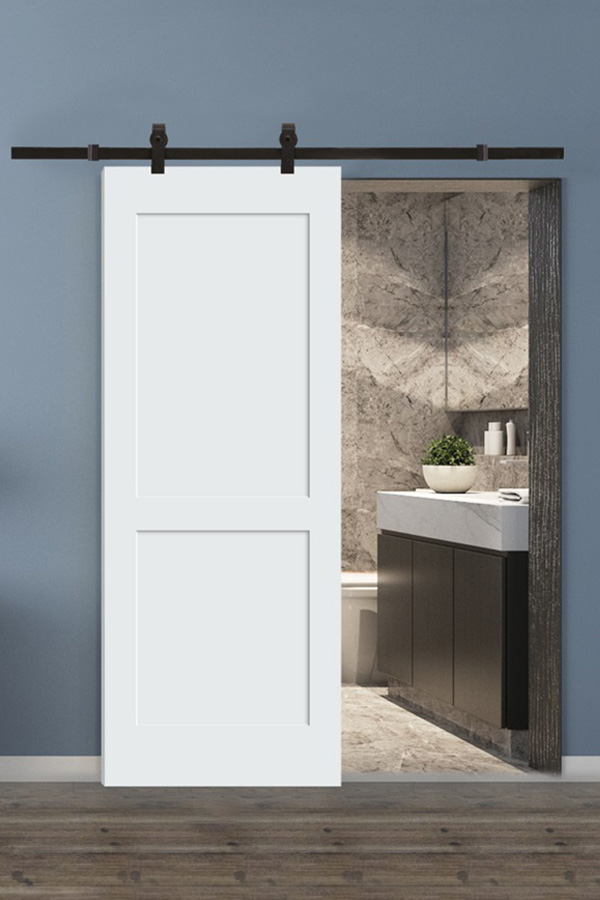In modern home design, both a house moulding door and interior painting door play crucial roles in shaping the final aesthetic. While moulding gives depth, character, and framing to the door, the paint you choose can either highlight or soften those details.
Why Moulding Matters for Doors
What Does House Moulding Door Add?
A house moulding door refers not just to the door itself but to the decorative trim and profiles appended to or surrounding the door frame and surface. Moulding can:
Emphasize architectural style (classic, traditional, craftsman, modern)
Create shadow lines and visual depth
Cover joints or gaps between the wall and door frame
Serve as a design accent that complements other trims (crown moulding, baseboards, wainscoting)
Choosing the right moulding style is about balance. If the room has heavy decorative elements (crown moulding, picture frames), a moderately detailed door moulding can tie everything together. In minimalist interiors, a simpler, subtle moulding may be more appropriate.
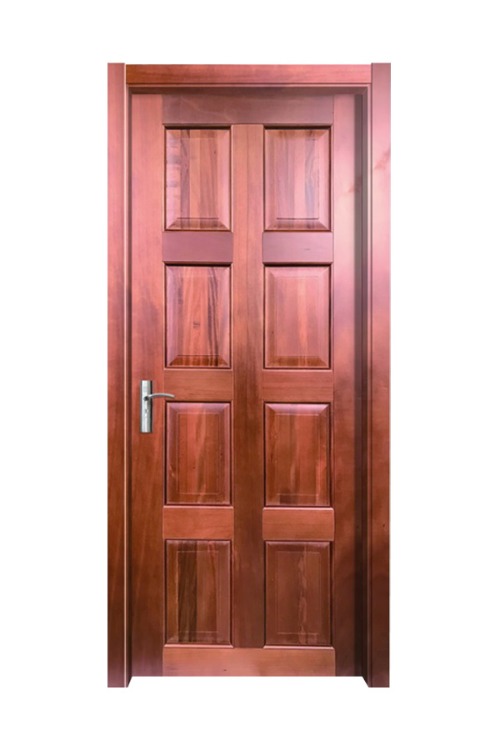
How Interior Painting Doors Affects Moulding
Role of Paint in Door Perception
While moulding gives structure, interior painting doors brings color, sheen, and texture into play. Paint can:
Accentuate moulding depth by casting shadows
Blend or contrast moulding against door panels
Harmonize the door with surrounding trim or wall color
Provide protection (durability, scuff resistance)
Because the paint is the “skin” covering the moulding and door surfaces, its finish, color, and application quality are critical to how moulding is perceived.
Choosing Paint Finish & Sheen
Your finish choice should reflect your design goals:
Gloss or semi-gloss finishes highlight moulding edges — good for more formal or detailed designs
Satin or eggshell finishes soften transitions and work well in areas with moderate traffic
Matte or flat is rarely used for doors, except in very casual or rustic settings
Also, consider whether the door and moulding should share the same paint or use complementary tones. In many designs, a monochromatic approach (same color but different sheen) keeps everything cohesive.
Moulding vs. Painting: Balancing the Two
Now that we understand both moulding and painting individually, let’s see how to pair them effectively.
Matching vs. Contrasting Strategies
You have a few approaches to combining:
Match door and moulding: Use the same color and finish. This creates a uniform, integrated look.
Contrast moulding vs. door panels: Use a lighter or darker tone on moulding to outline and emphasize it.
Accent moulding: Paint moulding differently (e.g. metallic, tinted) to make it a feature itself.
Design trends show that mixed approaches can be effective. For example, paint trim and doors the same color as walls to “drench” the color scheme, making the room feel larger and more seamless.
Meanwhile, some homeowners prefer doors and trim in contrasting shades to define the architectural boundaries.
Addressing Common Questions
Should door moulding and trim colors always match?
No. Many designers and users agree that matching is not mandatory. You’re free to use complementary or contrasting colors depending on desired effect.
Can I paint moulded doors without removing them?
Yes, you can paint them in place, though removing them often gives cleaner results and makes it easier to avoid drips, overspray, or mistakes.
Which is more important: moulding style or paint color?
They are both vital. Moulding sets the “shape” and character, while paint defines how that shape is perceived visually. A beautiful moulding with poor paint can look dull; conversely, great paint may not save a mismatched or crude moulding.



 English
English русский
русский Français
Français Español
Español Deutsch
Deutsch

